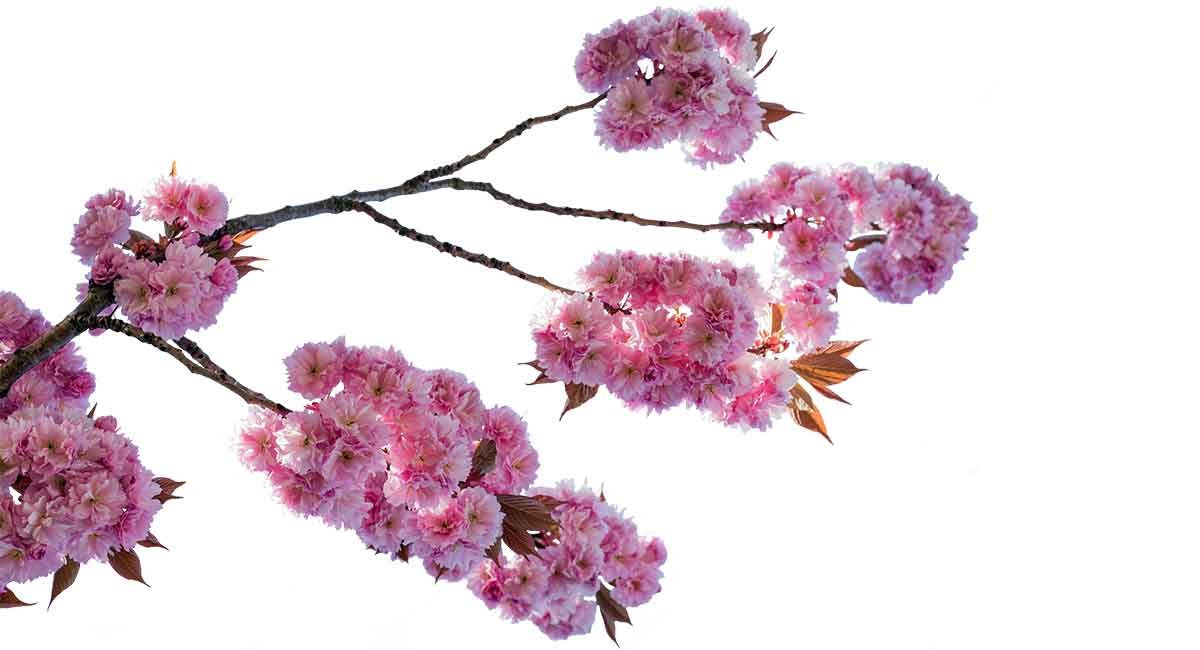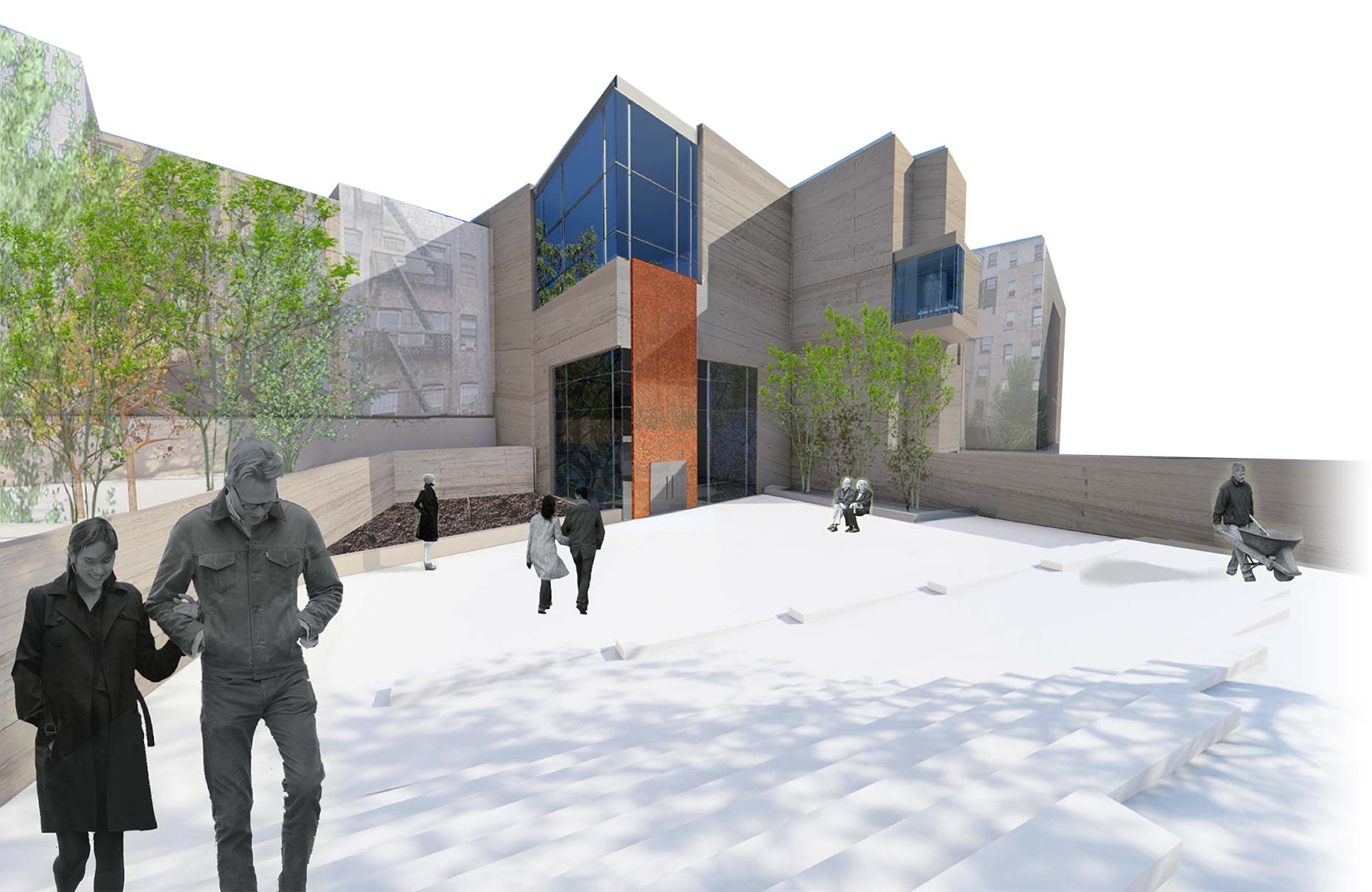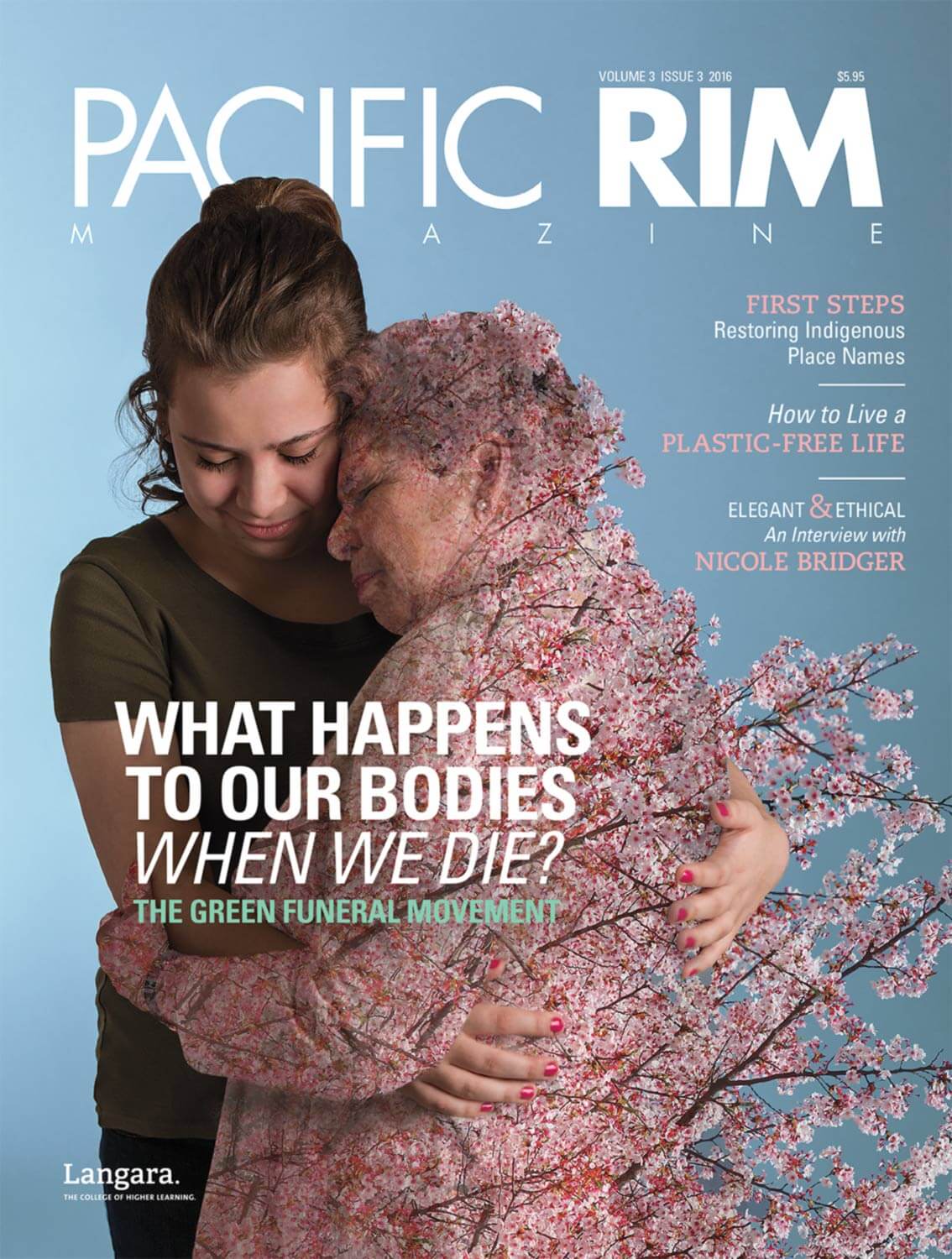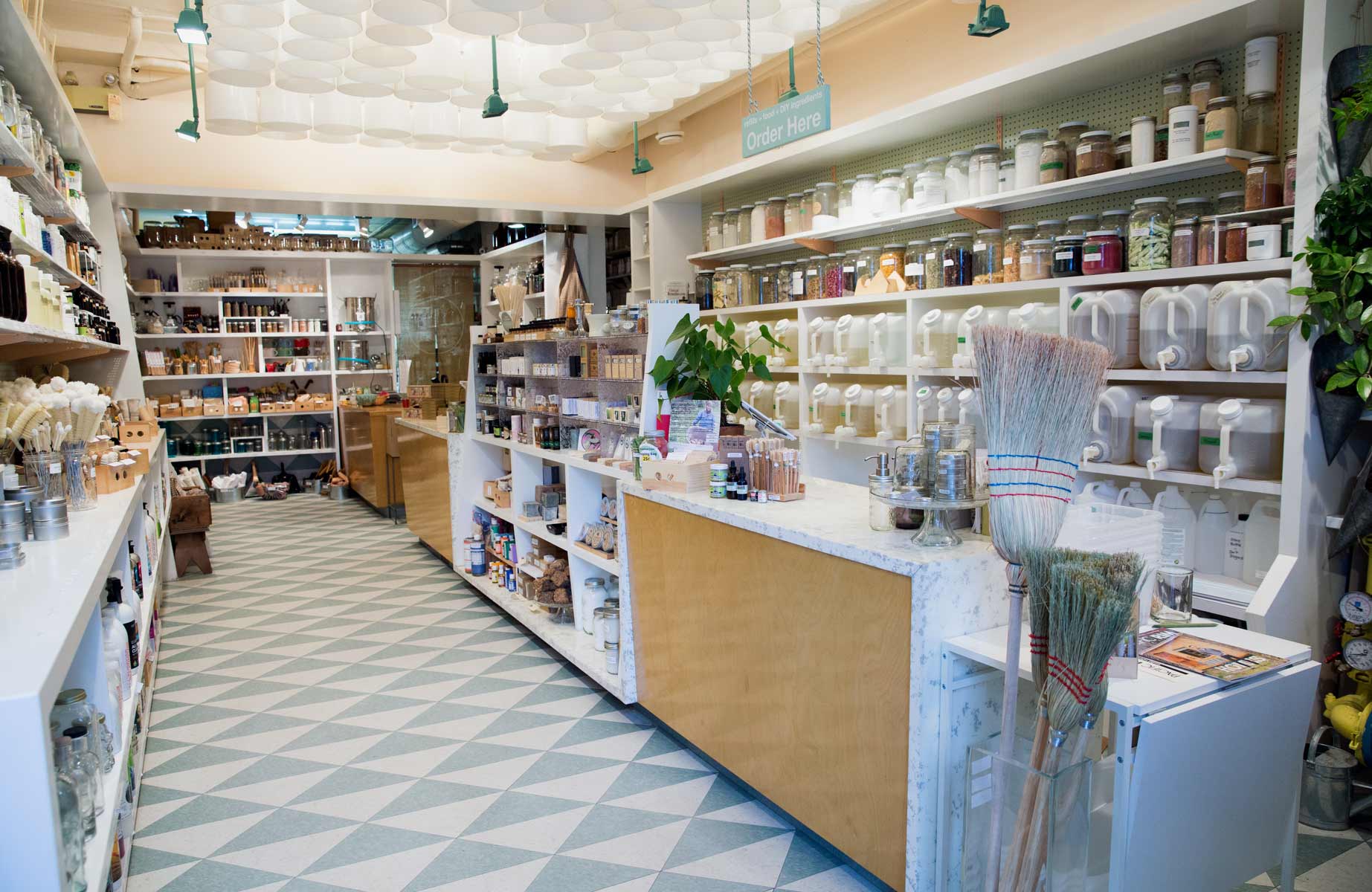While some people may be preoccupied with what happens to the soul when we die, how many of us consider the environmental consequences that accompany our body’s disposal? In Canada, bodies are typically cremated or buried; however, both of these options are damaging to the environment. As consumers seek ways to lead a more eco-friendly lifestyle, the modern funeral industry is looking for ways to offer alternatives for those who prefer that the disposal of their body contribute to the planet’s health—not detract from it.
It is not just the positive environmental impact that gives green funerals their appeal. A Greener Funeral Organization points out that many people find that a natural funeral is also more meaningful to the mourners. Across Canada and the United States, the funeral industry is attempting to find ways to make our final resting places more eco-friendly.

“I had one of those epiphanies that some people have much earlier in their lives. I realized that I wasn’t going to live forever,” says Katrina Spade, founder and executive director of the Urban Death Project. Spade earned her master’s degree in architecture at the University of Massachusetts Amherst, after completing a bachelor’s degree in anthropology from Haverford College. “I was interested in weaving the process of decomposition or decay into the study of architecture, even though that’s not usually done,” she explains, “that was the foundation with which I came to school.”
In 2010, Spade began researching ways to dispose of human bodies after death, specifically cremation and conventional burial. At the beginning of her research, a friend brought to her attention the research being done on livestock composting. Spade learned that animal composting could be a simple and effective way of disposing of large animal carcasses, such as full-grown deer or horses. It was this idea that prompted Spade to develop her own take on funerals: the Urban Death Project.
As the project took off, a foundation in New York heard about the venture and gave Spade a generous donation. This allowed her to quit her job and pursue the Urban Death Project full-time.
The Process
In April 2015, Spade raised more than $90,000 US in donations with the help of a Kickstarter campaign. Since then, the Urban Death Project has gained a tremendous amount of support worldwide, with the first of many facilities set to break ground in Seattle in 2020.
The concrete core of the Urban Death Project facility is designed for an urban setting. The balance of oxygen, nitrogen, and carbon creates the optimal environment for natural decay to occur. The body of the deceased is wrapped in linen and brought to the top level of the core, where it is then laid on a bed of woodchips and sawdust. Family and friends are invited to assist in this process and, if they wish, hold a funeral to commemorate the life of their loved one. Through the composting process, the corpse is transformed into nutrient-rich soil within four to six weeks.
Once the body is fully decomposed, the family of the deceased is able to take the soil home for personal use to grow flowers or plant a tree in memory of their loved one. Alternatively, the soil may be used in city gardens or in the gardens surrounding the facility. In a New York Times article written by Catrin Einhorn, Spade estimated that, in combination with woodchips and sawdust, a human body would yield enough compost to fill a one-metre cube. The Urban Death Project’s website states that at this time, the compost is not to be used for food crops.
Not everyone is in favour of the Urban Death Project. Many people are repulsed by the idea of composting bodies, and for others the project clashes with their religious or cultural beliefs. Spade understands that not everyone will be in favour of composting his or her loved ones, but explains that, “the nice thing about it is it doesn’t have to be for everyone.”
The cremation rate in BC is 76 per cent, the highest in North America. Many people do not consider the environmental impact of cremation. According to the Calgary Co-operative Memorial Society, the cremation process requires three-cubic metres of gas or three litres of oil. The incineration process emits toxic substances, including hydrochloric acid, sulphur dioxide, and carbon dioxide. According to an interview with Spade on CBC Radio’s The Current, the carbon dioxide emitted into the atmosphere from cremation in the United States is equal to the annual emissions from 70,000 cars.
With growing interest in natural burials, the funeral industry is increasingly offering greener options. Denman Island, off the east coast of Vancouver Island, opened the first natural burial ground in Canada in 2015. Bodies are buried in simple biodegradable caskets. There are no headstones or markers at this cemetery, although there is the opportunity for a commemorative plaque on a wall at the grounds. There are a few other cemeteries in Canada that reserve space for natural burials, but Denman Island has the first stand-alone site of this kind.
Legalities
In both Canada and the US, there are legal barriers to the natural disposal of human bodies. Provincial and territorial laws regulate the funeral and burial industry in Canada. In BC, the disposal of human bodies is regulated by the Cremation, Internment and Funeral Services Act, which states that human bodies may only be buried or cremated. In Washington State—where the Urban Death Project is based—human remains must be cremated, buried, entombed, or donated to science. There is, however, some variance in state laws. For instance, in the last few years, some states have legalized alkaline hydrolysis, a process sometimes referred to as green cremation or biocremation. Alkaline hydrolysis uses less energy than traditional cremation and reduces the harmful emissions released into the atmosphere. Alkaline hydrolysis uses water and lye, which, when heated, dissolve a human body in as little as two to three hours.
For a growing number of people, it is important to have options that reflect their personal values; this extends into what happens to their body after they die. Facilities like the Urban Death Project require no caskets, no embalming fluid, produce minimal greenhouse gas emissions, and require only a small amount of land. For people who do not find meaning in conventional burial and cremation, the Urban Death Project offers an alternative.
The Urban Death Project: a Composting Renewal System
The following is provided by urbandeathproject.org
- The deceased may be stored in a refrigerated space for several days before the ceremony begins. There is no embalming—decomposition is an important part of the design.
- The closest few family members meet the deceased in the shrouding room, where they wrap the body in simple linen. Supportive staff are on hand to help with this process.
- Mourners enter the facility and climb to the top of the core, where they will say goodbye to the deceased at the laying in.
- Inside the top of the core, friends and family lay the body into a mixture of woodchips and sawdust.
- Over the next few weeks, the body decomposes and turns into nutrient-rich compost. The process is continuous—new bodies are laid into the system as finished compost is extracted below.
- After about a month, a rich humus has been created. At the bottom of the core, finished compost is pushed out to the grove.
- In the grove, friends and family contemplate the finished compost, a crucial building block of healthy soil. This compost is sacred, both its past and its potential.
- Loved ones are encouraged to take some compost back to their own yards and gardens. The compost is also used to nourish the site, and city parks use it to fertilize plants and trees. In this way, the dead are folded back into the fabric of the city.











